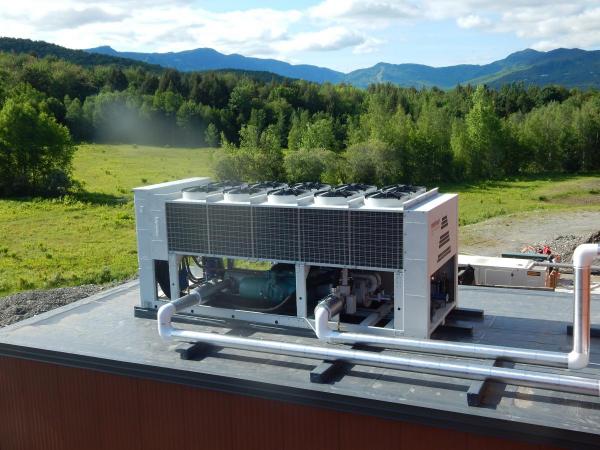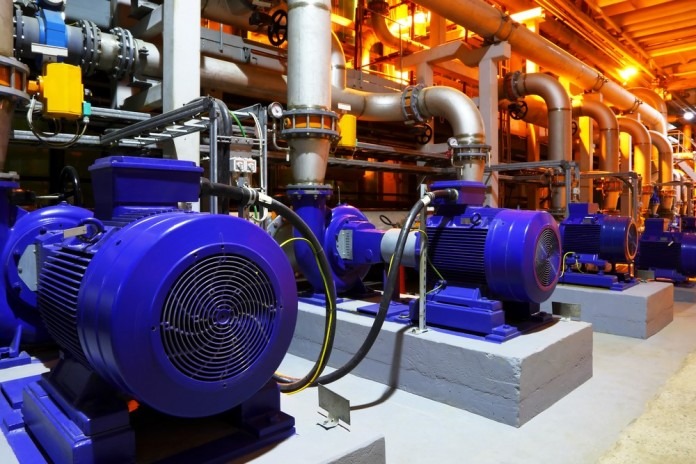How to Install a Precision Air Conditioner for Small Rooms
These 3 checklists are designed for DX (Direct Expansion) units from 3 to 10 TR, but they can also be applied to other scenarios.
This document is especially useful for those installing a precision HVAC / CRAC air conditioner for the first time and don’t know where to start. It’s a Quick Guide to Everything You NEED to Know to Avoid Messing Up.
This Quick Guide is divided into 3 Sections:
👉 Electrical, Condensing Unit, and Logistics.
These units use refrigerant gas, in a process similar to that of automobiles. They are designed to operate 24/7/365 and deliver the highest SLA or Service Level, and are used for Mission-Critical applications.
We recommend using this checklist to create an “inventory” with the most accurate information possible. This will help you get a detailed quote and efficiently plan the installation.
If any of the following questions cannot be answered, it’s recommended to schedule a technical site survey to evaluate the location and provide the necessary recommendations.
Remember that gathering complete and accurate information not only makes the quoting process easier but also contributes to a successful installation and trouble-free process..
1. ELECTRICAL
- Operating Voltage (110V, 220V, 480V): Specify the voltage available at the site.
- Is it single-phase or three-phase? Confirm the type of electrical connection available.
- ¿Is there an electrical panel available? Does it have capacity to support the unit?: Check if the current electrical panel can handle the equipment’s load.
- Is the power supply stable? Are there known power quality issues (e.g., voltage drops, surges)?: Identify any electrical stability problems that need to be addressed.
- Are the circuit breakers provided by the client or the supplier?Specify who will provide the required circuit breakers.
NoteProviding accurate information about the electrical conditions is crucial to ensure the safety and proper operation of the equipment. If you're unsure about any aspect, a technical site survey can help determine the exact electrical requirements.
2. CONDENSING UNIT
- Has the location for installing the condensing unit been defined? Describe the exact location where the condensing unit will be installed.
- Approximate distance between the evaporator and the condensing unit: Provide an estimate of the required pipe length.
- Are there ducts or wall openings available for pipe installation? If not, will new ones need to be created?: Determine whether existing ducts are available or if new ones must be made.
- Is there an adequate drainage system? (for the dehumidification subsystem)
- Ensure there is enough space around the condensing unit for optimal operation and proper maintenance.
- Is the installation site free of obstacles and accessible for setup?
Note: Proper installation of the condensing unit and effective condensate drainage management are essential for the unit’s performance and to prevent issues such as water buildup. A technical site survey can confirm site conditions if this information is not available.
3. LOGISTICS
- Is there a layout or floor plan of the room or area where the equipment will be installed?Provide floor plans or drawings of the space to support planning.
- Is it a new site or an existing one? If it’s an existing site, does any other equipment need to be removed?: Determine if any old equipment needs to be uninstalled.
- Approximate installation date (mandatory): Indicate when you would like the installation to take place. Please note that delivery times may vary depending on equipment availability.
- Recommended Brand / Manufacturers: Vertiv, APC Schneider, Stulz, Hi-Ref, Attom, Rittal, etc.
- Location (State, City, Area) The equipment must be delivered/installed at: Specify the exact location to coordinate logistics and quote shipping.
- Will the equipment be installed immediately upon arrival at the site, or is there a specific timeframe for installation?: Confirm if there is a set timeframe to begin installation after delivery.
- Indicate whether a crane or special equipment will be needed to place the condensing unit at the installation site: Determine if special tools are required for the installation.
- Is there easy access for delivery and installation trucks, or are there access restrictions we should be aware of?: Identify any access restrictions that may affect delivery or installation.
Please note that each manufacturer has different manufacturing and supply processes. It's important to keep in mind that inventory may vary between the quotation date and the purchase order date. Stock levels are highly dynamic.
Remember that most units must be commissioned by the manufacturer. Installation must be carried out according to the manufacturer’s technical specifications. Otherwise, the warranty will no longer be valid.
If you need advice from a consultant, use the WhatsApp button or the newsletter form.



